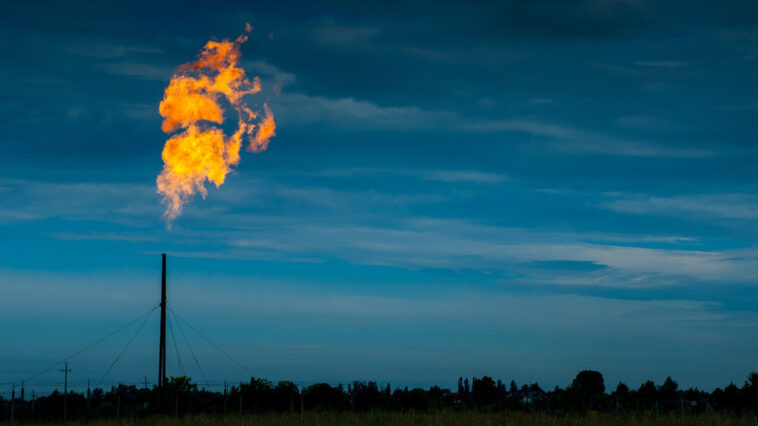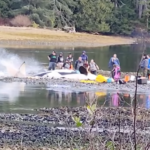British Columbia has entered its Liquified Natural Gas LNG (LNG) era – and it might not be as clean as its proponents may have you think. Public health experts are concerned that the impact of LNG-produced air pollution on our well-being is vastly underestimated.
A new study by BC scientists plans to investigate the real health consequences of living near an LNG facility, as several are set to open up across the province in the next decade. We spoke with one of the researchers behind this significant study, Dr. Tim Takaro, a public health expert, physician-scientist with the Canadian Association of Physicians for the Environment, and professor emeritus in the faculty of health sciences at Simon Fraser University.
Flaring Study
The two-year study by Dr. Takaro and a research team that includes the University of Victoria’s Clean Air Lab will look at the impact of ‘flaring’ — the method by which LNG facilities burn natural gas. They will measure flaring’s impact on air quality and health outcomes in communities nearby to new LNG facilities, specifically the Woodfibre LNG facility near Squamish, opening in 2027.
“This means more unhealthy babies with low birth weight, which leads to increased infant mortality and other chronic conditions later in life.”
Dr. Tim Takaro
Dr. Takaro said many of the large LNG projects like Woodfibre were approved based on inaccurate flaring information and, therefore, underestimate the full extent of flaring’s impact on the environment. Using satellite data, his team has been able to uncover that there is “a lot more flaring than industry says,” he said.
“They left out a lot of things, and in particular, they left out the first year of flaring, which is the worst year,” he added. He explained the current flaring assessments are done by private contractors hired by the companies themselves, meaning air pollution could be much greater than expected.
The research team will be investigating how flaring affects public health by looking at asthma rates and infant health markers, including gestational rates and birthweight. A previous study of a Texan LNG facility found serious health consequences for communities living nearby flaring, including high rates of preterm birth and underweight newborns, which can lead to lung and cardiovascular issues. “None of this is good,” Dr. Takaro told us. “This means more unhealthy babies with low birth weight, which leads to increased infant mortality and other chronic conditions later in life.”
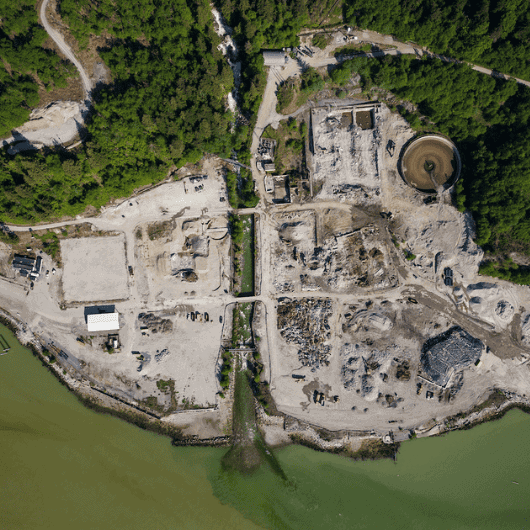
The new study is timely as the province prepares for the opening of several new natural gas facilities. The Woodfibre facility, with 8000 people within a ten-kilometre radius, will export 2.1 million tonnes of liquified natural gas annually for overseas markets. The LNG Canada terminal in Kitimat, with the same number of nearby residents, is set to open in 2025 and will export an estimated 14 million tonnes of LNG in the first year. The Nisga’a Nation is in talks to purchase a pipeline to service its Ksi Lisims floating LNG facility that would produce 12 million tonnes of LNG off BC’s northwest coast if approved.
Dirty Emissions
LNG proponents claim it’s a ‘clean energy’ source compared to others like coal, though many scientists have been critical of the label, which they see as greenwashing and even a fraudulent claim. A 2023 Narwhal investigation stated that once opened, the LNG Canada facility in Kitimat alone “would produce around 13 megatonnes of emissions annually, more than 20 percent of B.C.’s total emissions in 2020.”
“If they were going to try to reduce their emissions using electricity, and they did that upstream, along the pipeline and at the plant, they would need about two Site C [dams] worth of electricity.”
Merran Smith, executive director of Clean Energy Canada
The Pembina Institute estimates the emissions of all proposed LNG projects put together would more than triple the BC government’s 2030 target for oil and gas emissions. One environmental expert recently called BC’s new LNG export terminals a “carbon bomb” that will make it impossible for the province to meet its climate change targets.
LNG Canada counter that they are planning on meeting emission targets by relying on hydroelectric energy, though critics say BC Hydro simply does not have the capacity to support such large projects. “If they were going to try to reduce their emissions using electricity, and they did that upstream, along the pipeline and at the plant, they would need about two Site C [dams] worth of electricity,” said Merran Smith, executive director of Clean Energy Canada, in The Narwhal piece.
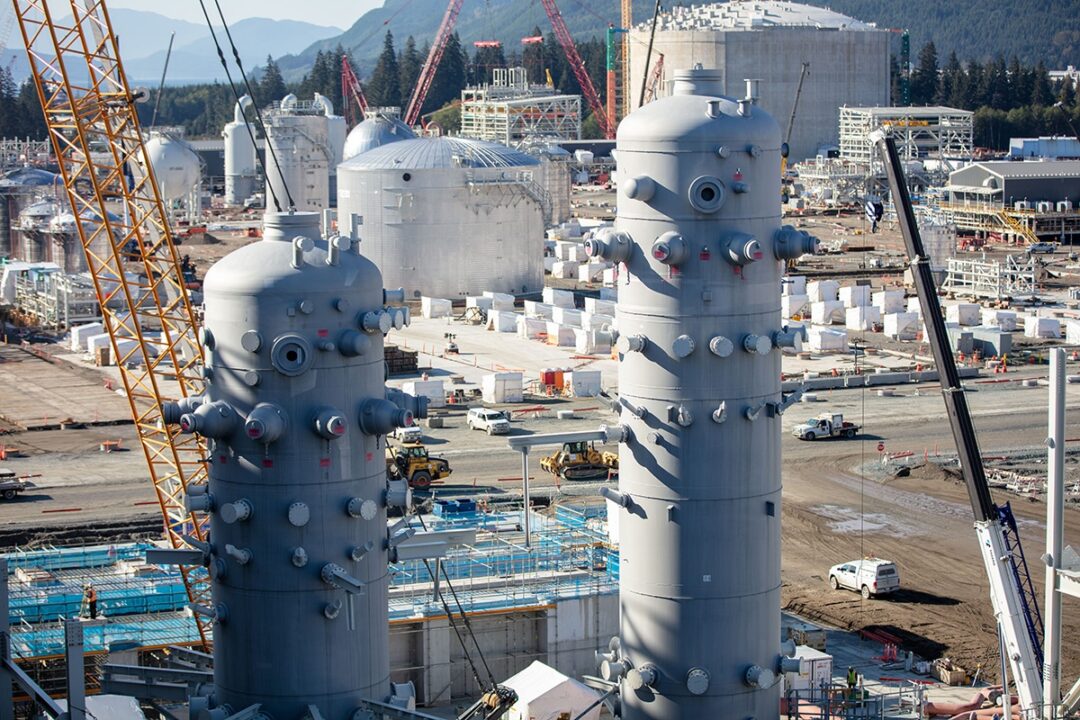
Dr. Takaro disputes the term ‘clean energy’ that has been applied to LNG, calling it outright criminal. He is part of a campaign with the Canadian Association of Physicians for the Environment calling out the false advertising by fossil fuel companies claiming to be ‘green’ – likening it to tobacco companies undermining scientific research that linked cigarettes to cancer. “The government is supposed to protect us from false advertising. I do think that actually that’s criminal because it’s a fraudulent claim,” he said.
Public Health Threats
The broader impacts of climate change-related weather events on public health are harder to measure and are not factored into the environmental assessments of fossil fuel projects. Last year, BC faced unprecedented levels of drought and its worst forest fire season ever, with ‘zombie fires’ still blazing during the off-season. Scientists have made the connection clear—these extreme climate conditions are a result of burning fossil fuels like oil, coal, and natural gas.
“If future generations are going to be able to live on the planet, then you don’t build new large fossil energy infrastructure and pretend that this is somehow part of the transition.”
Dr. Tim Takaro
Last month, Dr. Patricia Daly, Vancouver Coastal Health’s chief medical health officer, released a report stating that climate change is a widespread public health risk across the province. The report reviews events like BC’s 2021 heat dome, which killed over 600 people, the ongoing wildfires, and the effects of air pollution, arguing that the problems range from community to community but must be planned for.
“In public health, we know that the existential threat to our population is climate change. As medical health officers… we have been working to mitigate climate change and adapt to the changes that we have been seeing for years now,” said Daly upon its release.
Climate Denial
Dr. Takaro feels strongly that the province’s expansion of fossil fuel projects is setting us down the wrong path. “If future generations are going to be able to live on the planet, then you don’t build new large fossil energy infrastructure and pretend that this is somehow part of the transition” to reduce emissions, he said.
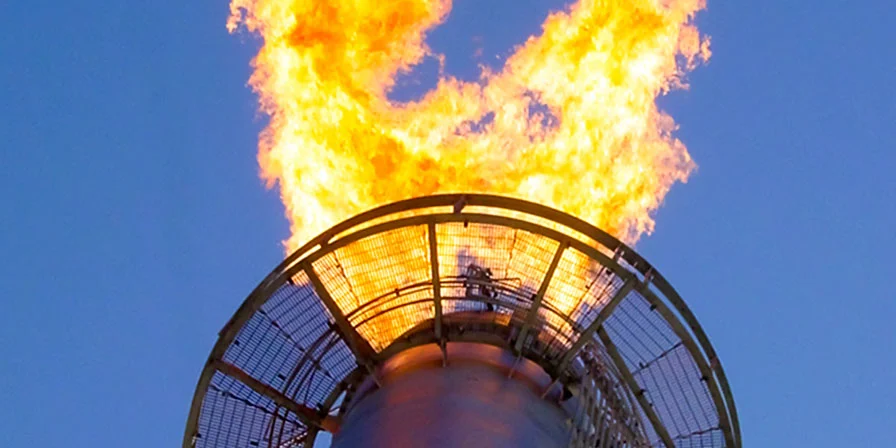
“In 2024, the transition has to be much more rapid than the lifespan of these projects, which is a minimum of 40 years. So it’s a huge denial. It’s, you could say, a pandemic of denial about the urgency of climate change,” he commented.
Referring back to the flaring study, he said the ideal outcome would be that their findings result in an overhaul of the regulatory process for future LNG projects. “I think the most important thing to come out of this is going to be a reform in the way these projects get approved,” he told us.
Dr. Takaro wants to see an end to the “classic bait and switch” system, where regulators approve projects based on environmental assessment reports done by LNG companies themselves. He said the lack of accountability measures means these projects will rarely meet their budgets or promised emission targets. His hope is that moving forward, massive emission projects like the Woodfibre LNG plant “are actually approved based on the truth, instead of based on some pipe dream.”


